A poster showing the definition and an example of a system.
Display this Systems Poster when learning about Design and Digital Technologies.
Download includes options for full colour, low colour and black and white versions.
Updated: 22 Jun 2020
A poster showing the definition and an example of a system.
Non-Editable: PDF
Pages: 1 Page
Years: 3 - 7
Recognise different types of data and explore how the same data can be represented in different ways
Define simple problems, and describe and follow a sequence of steps and decisions (algorithms) needed to solve them
Implement simple digital solutions as visual programs with algorithms involving branching (decisions) and user input
Examine how whole numbers are used to represent all data in digital systems
Define problems in terms of data and functional requirements drawing on previously solved problems
Design, modify and follow simple algorithms involving sequences of steps, branching, and iteration (repetition)
Implement digital solutions as simple visual programs involving branching, iteration (repetition), and user input
Defines problems, describes and follows algorithms to develop solutions
Describes how digital systems represent and transmit data
Defines problems, and designs, modifies and follows algorithms to develop solutions
Explains how digital systems represent data, connect together to form networks and transmit data
Recognise different types of data and explore how the same data can be represented in different ways
Individually and with others, plan, create and communicate ideas and information safely, applying agreed ethical and social protocols
Define simple problems, and describe and follow a sequence of steps and decisions involving branching and user input (algorithms) needed to solve them
Examine how whole numbers are used as the basis for representing all types of data in digital systems
Define problems in terms of data and functional requirements, drawing on previously solved problems to identify similarities
Design, modify and follow simple algorithms represented diagrammatically and in English, involving sequences of steps, branching, and iteration
Develop digital solutions as simple visual programs
Recognise different types of data and explore how the same data can be represented differently depending on the purpose
Define problems with given design criteria and by co-creating user stories
Follow and describe algorithms involving sequencing, comparison operators (branching) and iteration
Generate, communicate and compare designs
Implement simple algorithms as visual programs involving control structures and input
Explain how digital systems represent all data using numbers
Define problems with given or co-developed design criteria and by creating user stories
Design algorithms involving multiple alternatives (branching) and iteration
Generate, modify, communicate and evaluate designs
Implement algorithms as visual programs involving control structures, variables and input
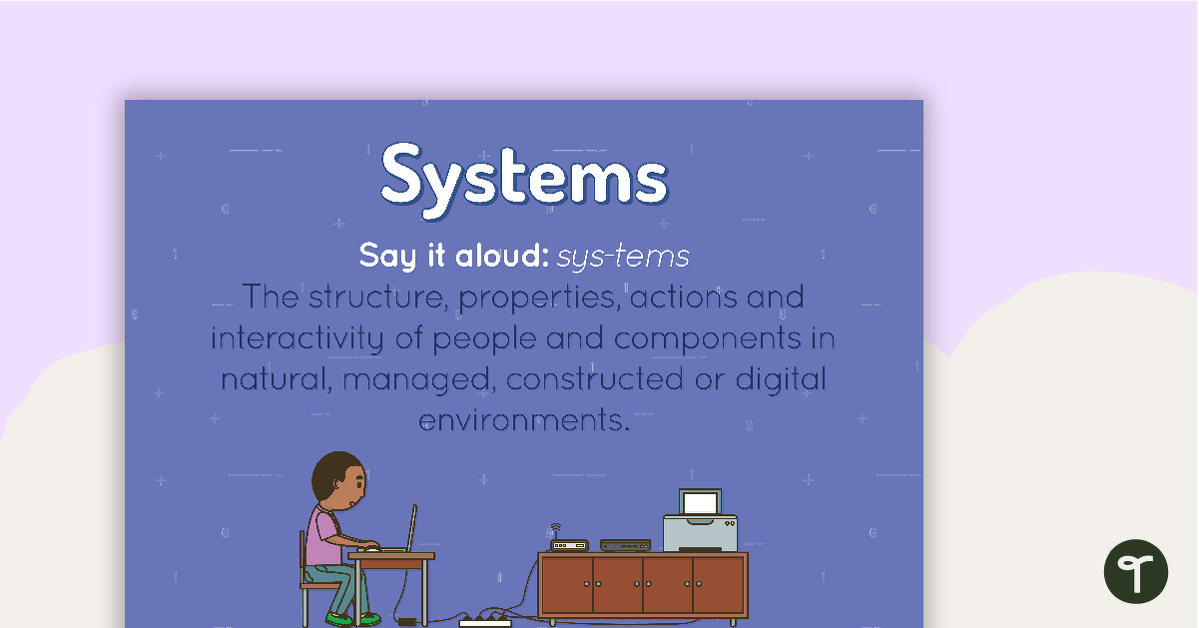
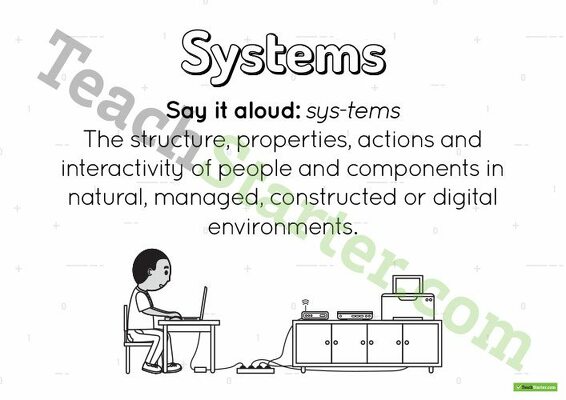
A poster showing the definition and an example of a system.
Display this Systems Poster when learning about Design and Digital Technologies.
Download includes options for full colour, low colour and black and white versions.
Recognise different types of data and explore how the same data can be represented in different ways
Define simple problems, and describe and follow a sequence of steps and decisions (algorithms) needed to solve them
Implement simple digital solutions as visual programs with algorithms involving branching (decisions) and user input
Examine how whole numbers are used to represent all data in digital systems
Define problems in terms of data and functional requirements drawing on previously solved problems
Design, modify and follow simple algorithms involving sequences of steps, branching, and iteration (repetition)
Implement digital solutions as simple visual programs involving branching, iteration (repetition), and user input
Defines problems, describes and follows algorithms to develop solutions
Describes how digital systems represent and transmit data
Defines problems, and designs, modifies and follows algorithms to develop solutions
Explains how digital systems represent data, connect together to form networks and transmit data
Recognise different types of data and explore how the same data can be represented in different ways
Individually and with others, plan, create and communicate ideas and information safely, applying agreed ethical and social protocols
Define simple problems, and describe and follow a sequence of steps and decisions involving branching and user input (algorithms) needed to solve them
Examine how whole numbers are used as the basis for representing all types of data in digital systems
Define problems in terms of data and functional requirements, drawing on previously solved problems to identify similarities
Design, modify and follow simple algorithms represented diagrammatically and in English, involving sequences of steps, branching, and iteration
Develop digital solutions as simple visual programs
Recognise different types of data and explore how the same data can be represented differently depending on the purpose
Define problems with given design criteria and by co-creating user stories
Follow and describe algorithms involving sequencing, comparison operators (branching) and iteration
Generate, communicate and compare designs
Implement simple algorithms as visual programs involving control structures and input
Explain how digital systems represent all data using numbers
Define problems with given or co-developed design criteria and by creating user stories
Design algorithms involving multiple alternatives (branching) and iteration
Generate, modify, communicate and evaluate designs
Implement algorithms as visual programs involving control structures, variables and input

We create premium quality, downloadable teaching resources for primary/elementary school teachers that make classrooms buzz!
Would you like something changed or customised on this resource? While our team makes every effort to complete change suggestions, we can't guarantee that every change will be completed.
Did you spot an error on this resource? Please let us know and we will fix it shortly.
Are you having trouble downloading or viewing this resource? Please try the following steps:
If you are still having difficulty, please visit the Teach Starter Help Desk or contact us .
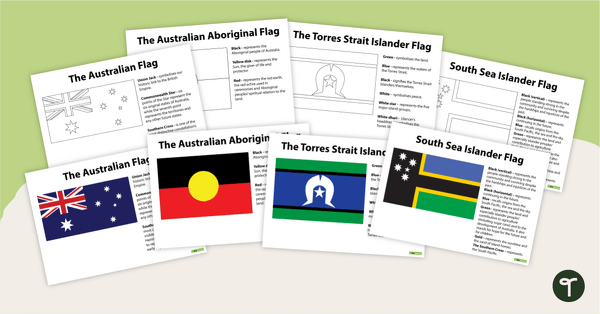
A set of 4 significant Australian flags with explanations.
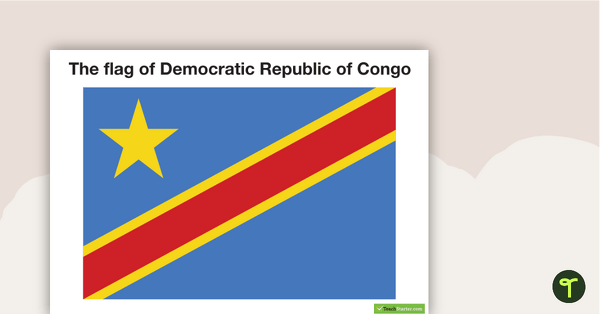
Eight flags from Africa.
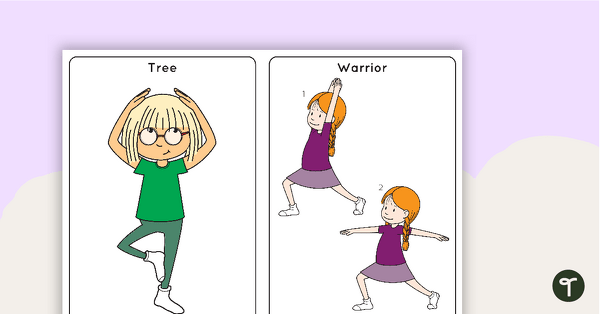
16 kid friendly yoga cards featuring poses to display and use in the classroom for daily gross motor and fitness activities.
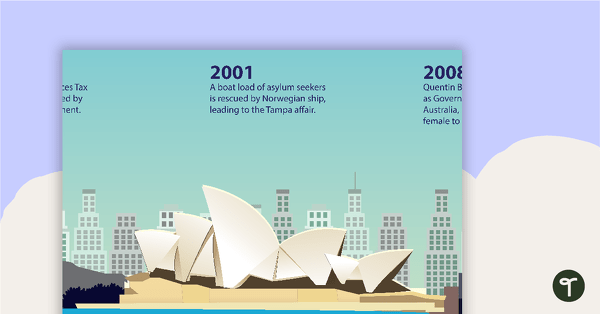
A colourful banner highlighting some of Australia’s most recent historic events.

An inspirational poster for teachers to display on classroom bulletin boards.
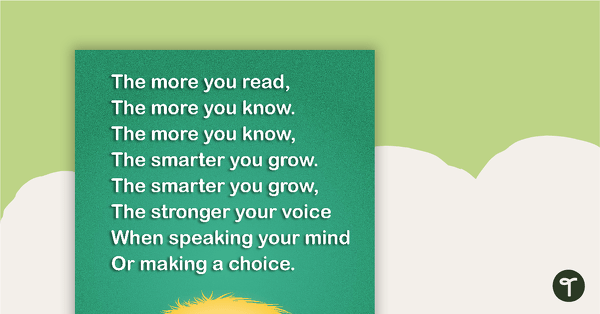
A positivity poster encouraging kids to read.

Brighten up your classroom and motivate your students with a printable 'Dream Big' Poster.

A positive message to encourage students to believe in themselves.
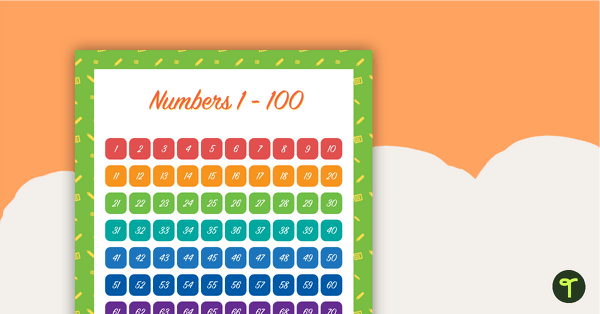
A calculator pattern themed hundreds board.
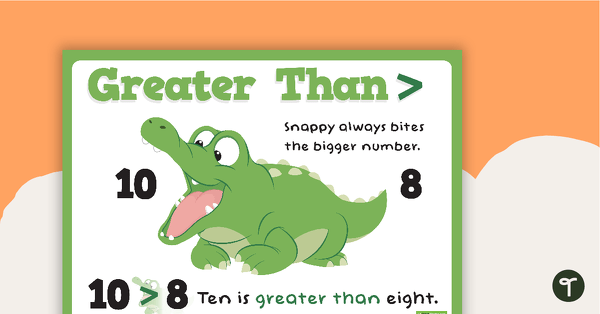
Greater and less than can be easily confused, but Snappy uses visual representation to make it all so much clearer.
0 Comments
Write a review to help other teachers and parents like yourself. If you'd like to request a change to this resource, or report an error, select the corresponding tab above.